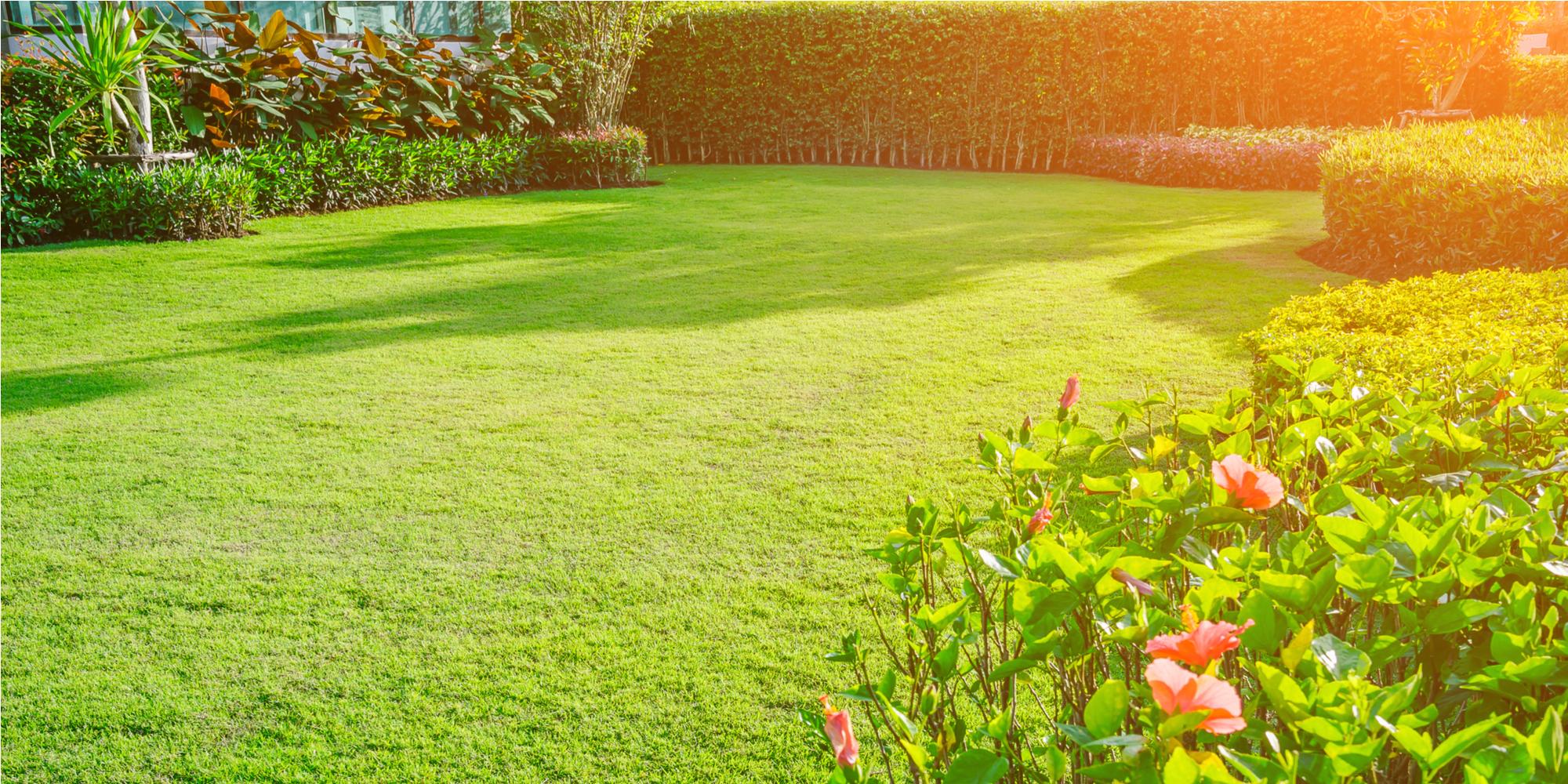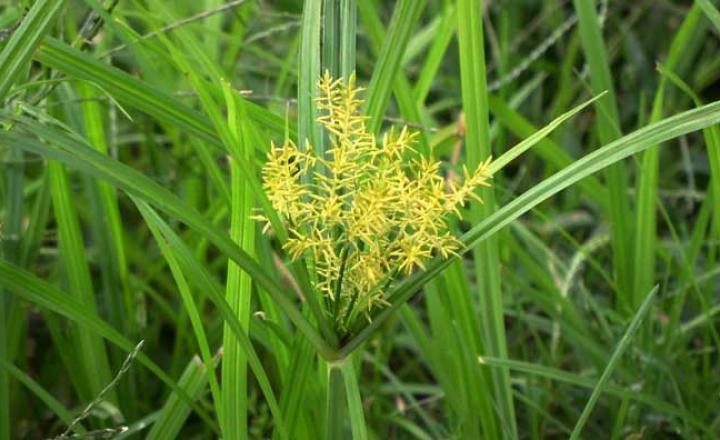Plant’s ability to survive in a specific climate is termed as “Hardy”, even it might be a cold winter. All vegetable crops have their own temperature ranges, which they survive & yields good quality fruits/vegetables. Use organic fertilizers for a better growth of the plant. Organic fertilizer is applied to soil to improve soil fertility, strength of plants. Earth’s Honey organic fertilizer is the best organic fertilizer in Ontario region in Canada. Here are types of vegetable crops and their details.
Hardy Vegetables:
Hardy
crops survive freeze, frost or cold snap. It can survive at
temperature as low as 4°C
(40°F). Plant the seeds 2-4 weeks before the date of average last
spring frost.
Example
crops:
Kohlrabi, Onions, Lettuce, Peas, Radish, Spinach, Turnips, Broccoli, and Cabbage.
Semi Hardy Vegetables:
Plants
that can survive only limited or light frost, may be just an hour or
two of frost or near freezing temperatures. These plants must be
protected from anything more than a touch of frost. Minimum daytime
temperature for these crops are from 4°C (40°F) to 10°C (50°F).
Plant them 2-4 weeks before the date of average last spring frost.
Example
crops:
Cauliflower, Parsley, Parsnips, Potatoes, Swiss chard, Beets, and Carrots.
Tender Vegetables:
Plants
that can be injured by cold weather or frost can be defined as Tender
Vegetables. They need a daytime temperature above 12°C (55°F).
Plant them around the time of average last spring frost. Example
crops:
Beans,
Celery, Corn, Cucumbers, Summer Squash, NZ Spinach.








